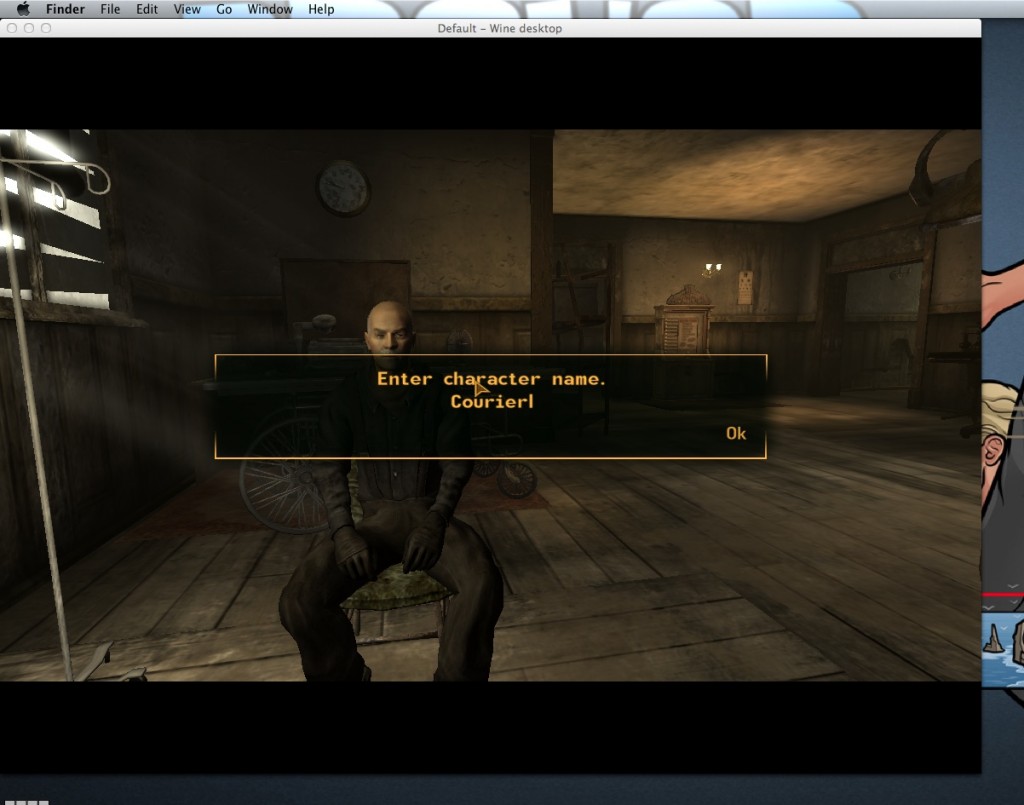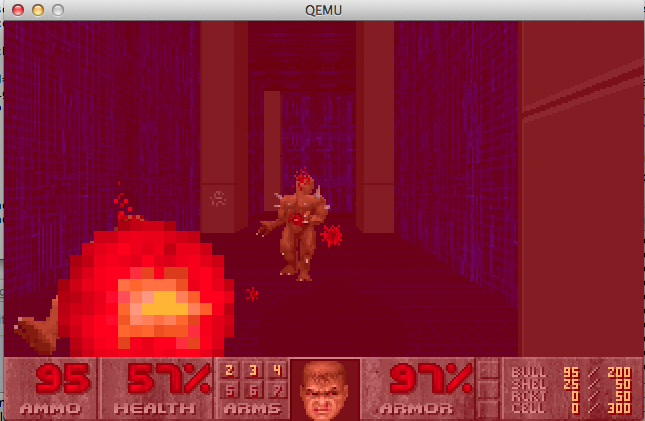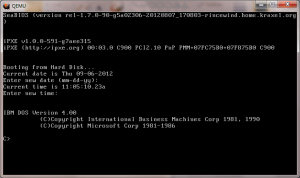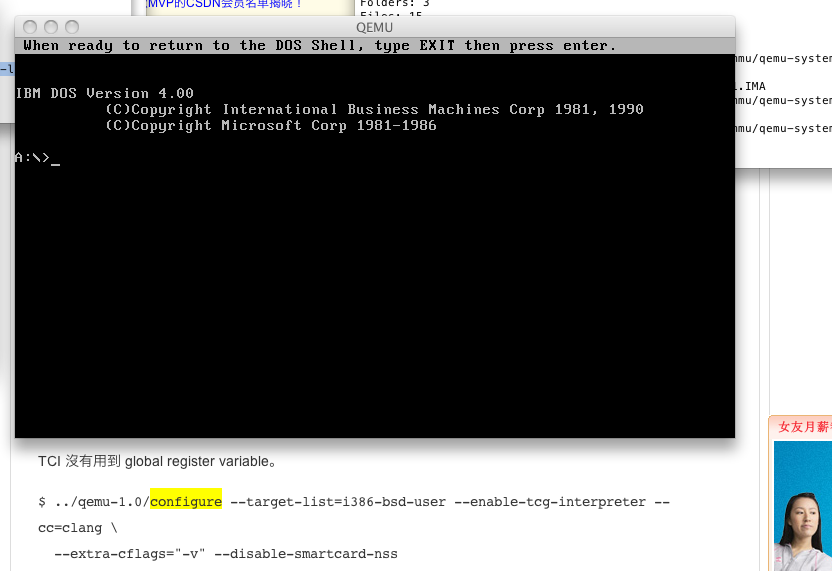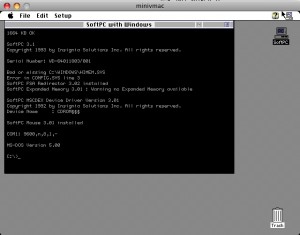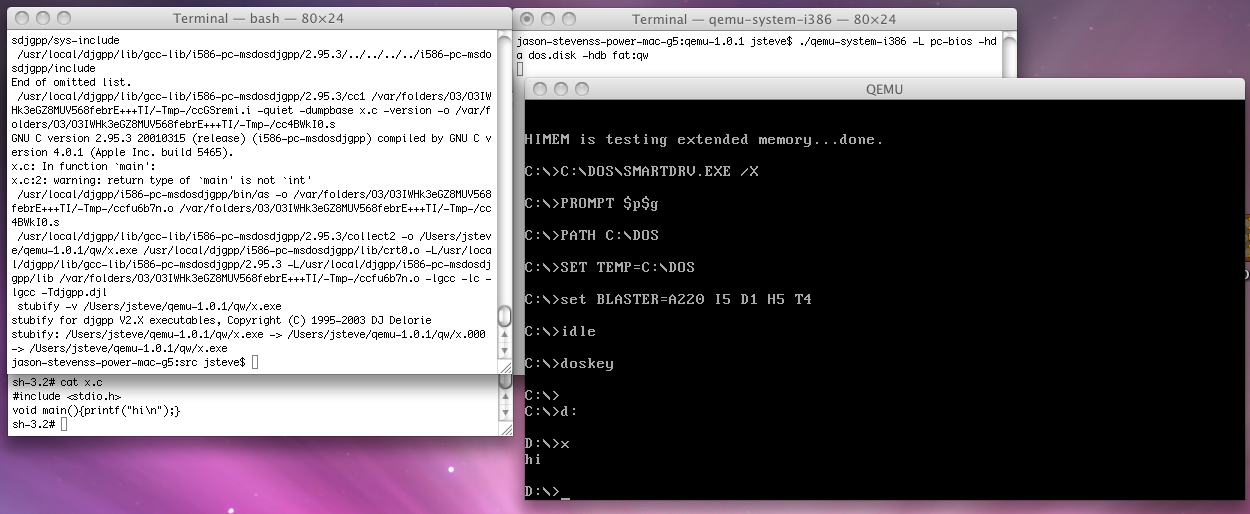This has to be one of the more convoluted things I’ve ever done.
So basically, it starts like this, I left my quad G5 mac in storage, some 1,600 miles away. I wanted to see if I could get a cheap mac, and I managed to get a $100 mac out here in Las Vegas. Part of the reason it was cheap is because the OS was screwed up.. You’d be surprised how many people ditch good machines, because the OS is messed up.
So, I figure I’d just pop in a 10.4 or 10.5 DVD set and boot up, format and all will be well, right? It turns out the DVD drive doesn’t work properly. And I don’t have any old ATA/parallel style DVD drives on me. So, I’ve basically got a $100 paper weight.
Until I decide to try something insane, so I get the great emulator PearPC, and install 10.4 into that. Sadly, PearPC doesn’t support raw disks, otherwise my original plan of popping in the disk to my PC, running PearPC and having it install to \\.\PhysicalDrive2 didn’t work so well. But at least I could create a small install of 10.4.6 which will boot on a G5.
Next, I dug out the ancient ancestor of all the hackintoshes, the deadmoo 10.4.1 image, and got it running on VirtualBOX (set the IDE to P3 mode, otherwise its SLOW!), after converting the raw 6GB image into a VMDK. I then could use Qemu’s disk image conversion program to convert the 10.4.6 disk I installed with PearPC into a VMDK which I could then mount under the deadmoo image.
With that setup, I could then use the diskutil program on OS X deadmoo, and create a compressed disk image of the PowerPC 10.4.6 . Then VirtualBOX will let you link to a physical drive, with a command something like this:
VBoxManage internalcommands createrawvmdk -filename drive2.vmdk
-rawdisk \\.\PhysicalDrive2
With that done, I then could boot back into deadmoo with the G5’s disk attached, remove all the files/directories from the G5 disk (I didn’t format as I wondered if I format from an intel machine, would the endian be backwards making the filesystem unnecessarily slow?), doing the ‘repair permissions’ shuffle from the diskutil program, and then finally I could restore the PearPC compressed image of 10.4.6 onto the G5’s hard disk.
It worked.
It’s a shame the PowerPC machines cannot boot from USB disks, otherwise there may have been an easier way… Well that or order a DVD drive, but that’d take time…
So thankfully with emulation, disks that can work between machines, I was able to get the box up and running.

